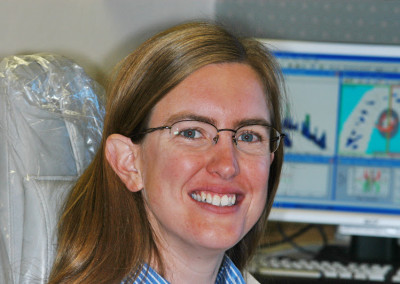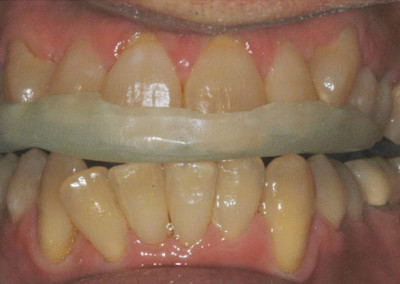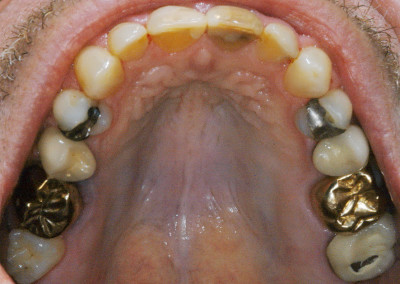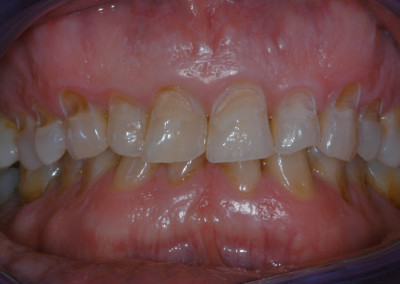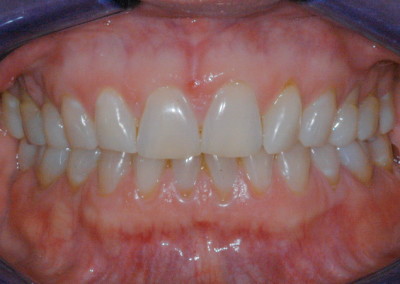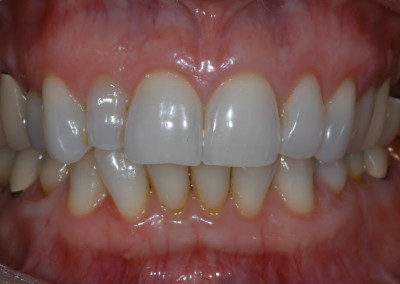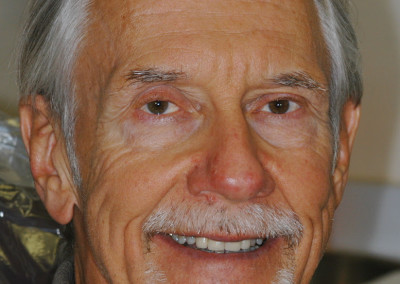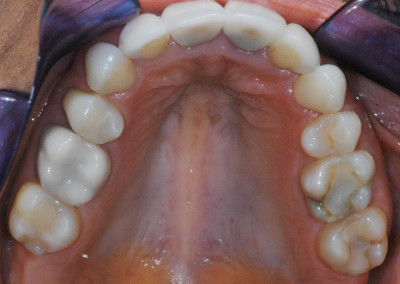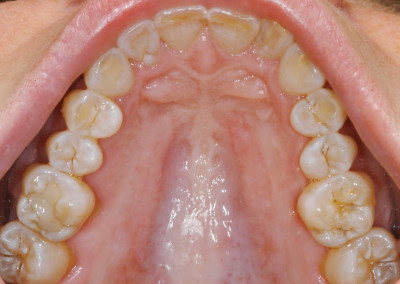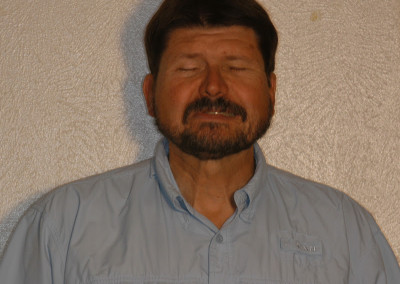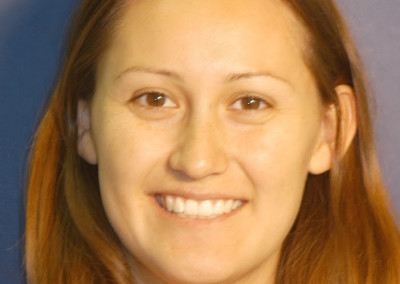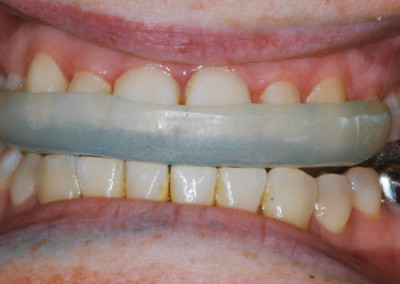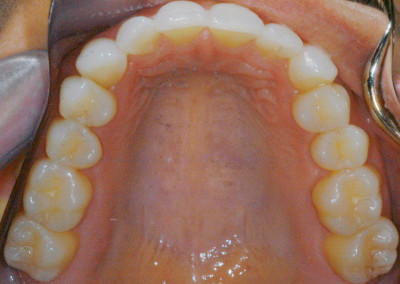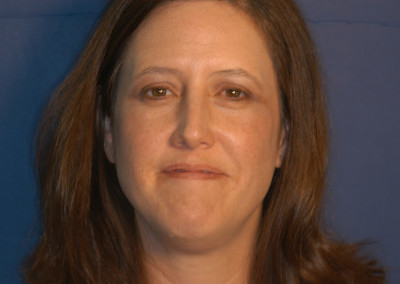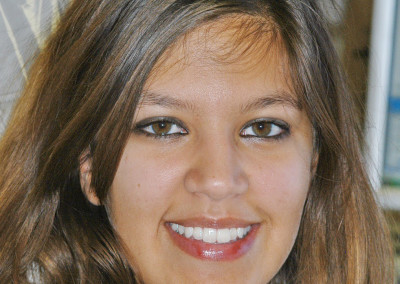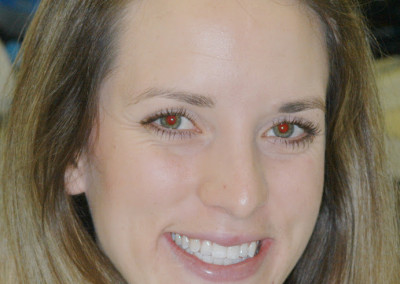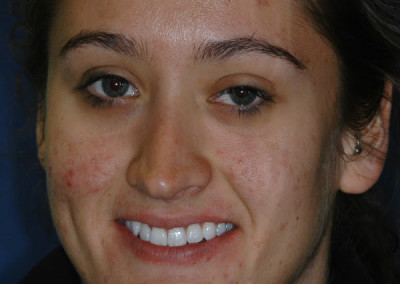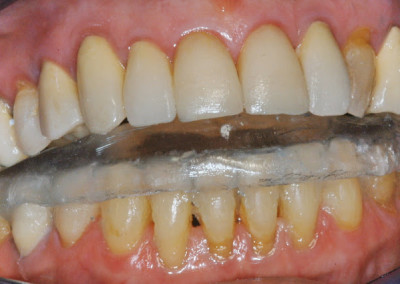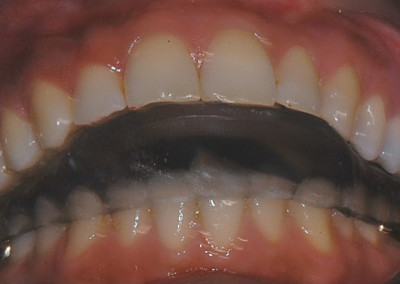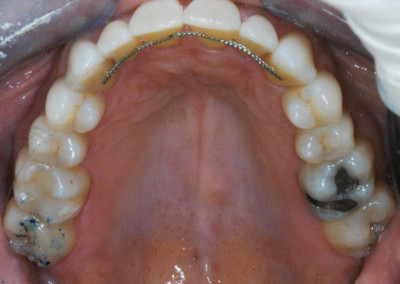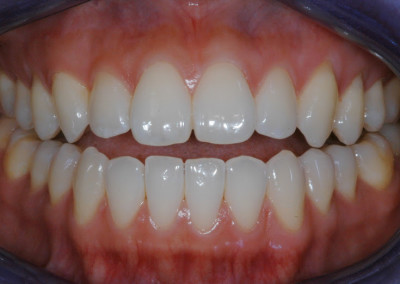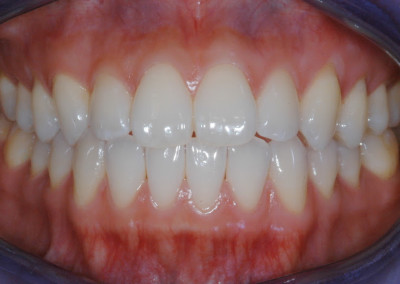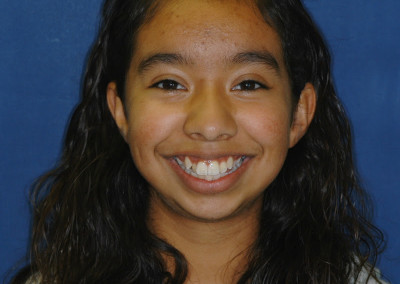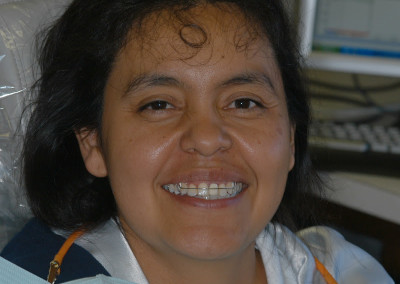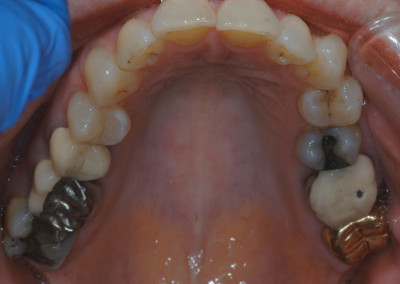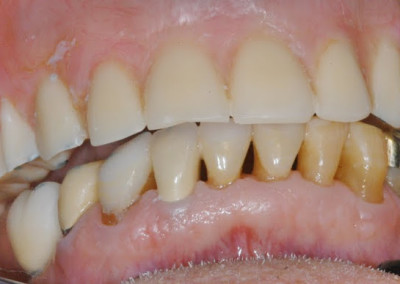Human dental occlusion starts with the growth and development of the stomatognathic system which functions within the border movements described in the Introduction. The four anatomy systems that form the basis for diagnosis and treatment are the teeth, the muscles, the bones, and the TM joints.
Every occlusion presents multiple variations of anatomy combinations of form and function. In order to facilitate the learning of force applications in clinical dentistry, we have designed a DO card deck with 52 examples ranging from simple to complex cases, divided into four suits:
Teeth

Muscles

Bones

Joints

Each card presents a single case and relates the patient’s Habitual Force Pattern (HFP) to his/her anatomy. A brief description of the findings follows and suggests the next step in the sequencing of the treatment plan.
The teeth suit focuses on the presence or on the absence of cavities, non-carious lesions, fractures, and restorations and applies the Digital Occlusion (DO) Triad to refine the diagnosis.
The muscle suit features 13 examples of muscular dysfunction such as tension, trigger points, inflammation, hyperactivity caused by acquired and destructive patterns. The tongue is the key muscle during growth and during the development of functional swallowing patterns. Dysfunctional swallowing patterns acquired as a child restrict the growth of the craniofacial bones.
The bone suit establishes the relationship between the maxillary bones and the mandible: overbite, underbite, crossbite, skeletal class I, II, III, anterior open bite, and collapsed bite.
The TM joint suit highlights condyle position, disc position and condition, fossae asymmetry.

